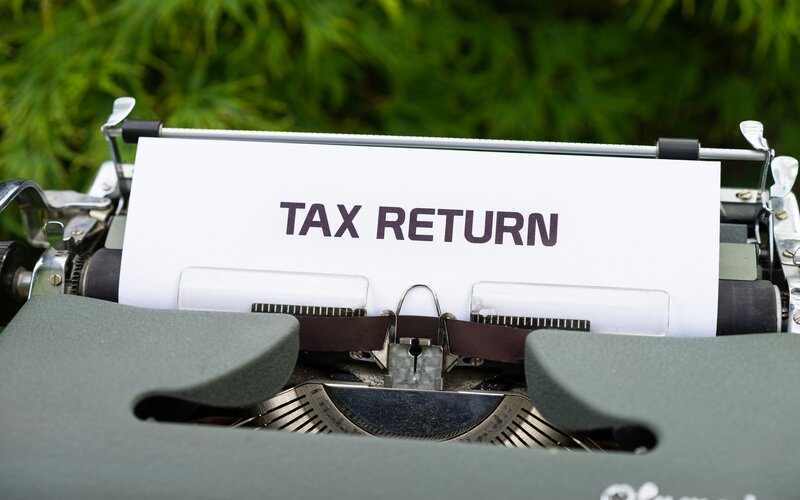The Albanese Government has controversially backed away from aspects of the third stage of previously legislated tax reforms.
Middle to low income earners will realise greater benefits from the amendments, which will see income of up to $45,000 taxed at a rate of 16%, rather than 19%.
However, those earning over approximately $150,000 could be facing a worse position than they otherwise would have.
The government has scrapped plans to abolish the 37% tax bracket, but the threshold will be bumped up to encompass income of $135,000 to $190,000 from 1 July.
The highest tax bracket, commanding a rate of 45%, will also be increased by $10,000 to $190,000.
Previously, the stage three tax cuts were to flatten the brackets where most income earners fall, instating a flat 30% tax rate on all income between $45,000 and $200,000.
Mr Albanese announced the changes at the National Press Club on Thursday.
"From the first of July this year, our government will deliver a tax cut for every single Australian taxpayer," he said.
"This is a plan for middle Australia that delivers for every Australian taxpayer right up and down the income ladder, helping with the cost of living, nourishing aspiration and boosting participation, strengthening that connection between hard work and fair reward.
"The average wage in Australia is $73,000.
"A person earning that will now get a tax cut of more than $1,500 a year - more than double what they would have got under the plan put forward by Scott Morrison.
"Someone working in Australia's largest employer who is earning $40,000 will now get a tax cut of over $650."
Mr Albanese also announced an increase to the low income threshold at which the Medicare levy applies.
"Some would say that we should stay the course, even if we know it means going to the wrong destination," he said.
"To them I say we are choosing a better way forward given the changing circumstances.
"We are doing the right thing for the right reasons."
The move, appearing as rumours in recent days, has been met with anger from the Opposition.
Shadow Treasurer Angus Taylor described the backflip as “the mother of all broken promises”.
“Anthony Albanese and [Federal Treasurer] Jim Chalmers have promised over 100 times the stage three tax cuts, as legislated, would not change,” he said.
“After weeks of weasel words and word games, it's clear this is a Prime Minister who can’t be trusted.”
Mr Albanese noted that the amendments are expected to provide support to low to middle income earners amid the cost of living crisis without contributing to inflation.
Though, whether the tax changes will impact inflation is yet to be seen.
“Because more of the tax cuts, by dollar value, are going to go to low income earners rather than high income earners, the risk is that more of it will be spent,” Shane Oliver, AMP head of investment strategy and economics and chief economist, told Savings.com.au.
“There is a risk that the changes to the stage three tax cuts could result in more spending in the economy than would otherwise have occurred, resulting in an inflationary impact, which could keep interest rates higher for longer.”
The stage three tax cuts are, as the name suggests, the third stage of a package legislated by the Morrison Government.
The first two stages were weighted towards benefiting lower and middle income earners, with many suggesting today’s changes could therefore be considered unreasonable.
“If you're looking at it from a fairness point of view – distribution across the whole range of taxpayers – then rejigging it makes sense,” Dr Oliver said.
“If you're looking at it from the point of view of tax reform, and that the tax burden on higher income earners was getting higher rather than lower, it doesn't make sense.”
The legislated tax reform was largely a response to ‘bracket creep’: The phenomenon of wage growth pushing people into tax brackets that were never designed for them.
The tax-free threshold has remained at $18,200 since 2012-13 - if indexed to inflation it would now nearly be $23,000.
The top tax bracket of 45c has had a threshold of $180,000 since 2008-9 - if indexed to inflation it would be nearly $250,000.
Some industry participants, such as H&R Block director of tax communications Mark Chapman, have welcomed the changes.
“The government’s redesign of the stage three tax cuts is a welcome recalibration of the original tax cuts package, introduced several years ago by the former Liberal government,” he said.
“The heavy weighting of the original package towards those on the highest incomes is difficult to justify in the current economic climate and, with the cost of living impacting disproportionately on those low and middle income taxpayers, this will provide some much needed extra cash in the pockets of hard working families to pay mortgages, food and fuel bills.”
Image by Markus Winkler on Unsplash.



 Denise Raward
Denise Raward
 Harry O'Sullivan
Harry O'Sullivan

 Harrison Astbury
Harrison Astbury


